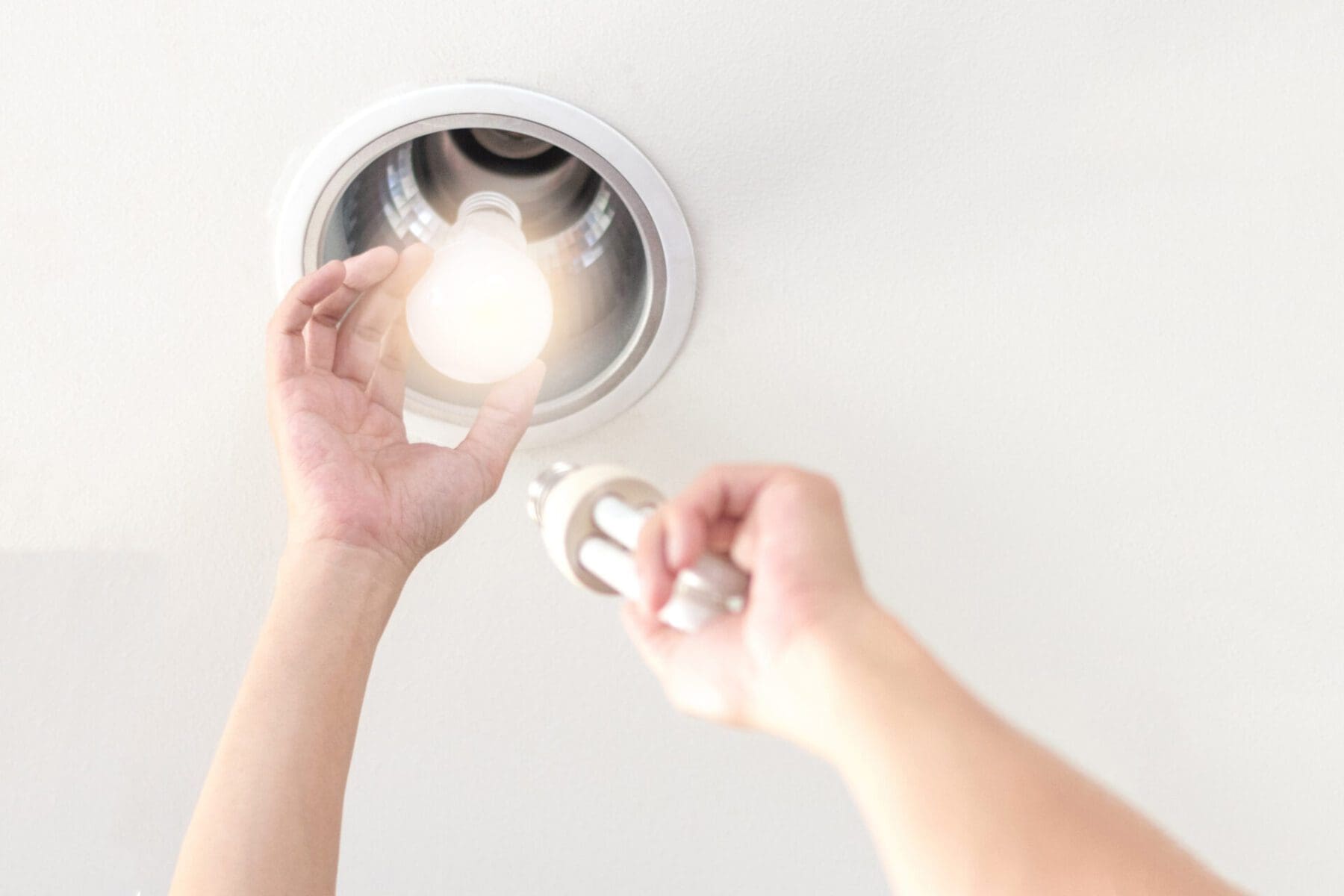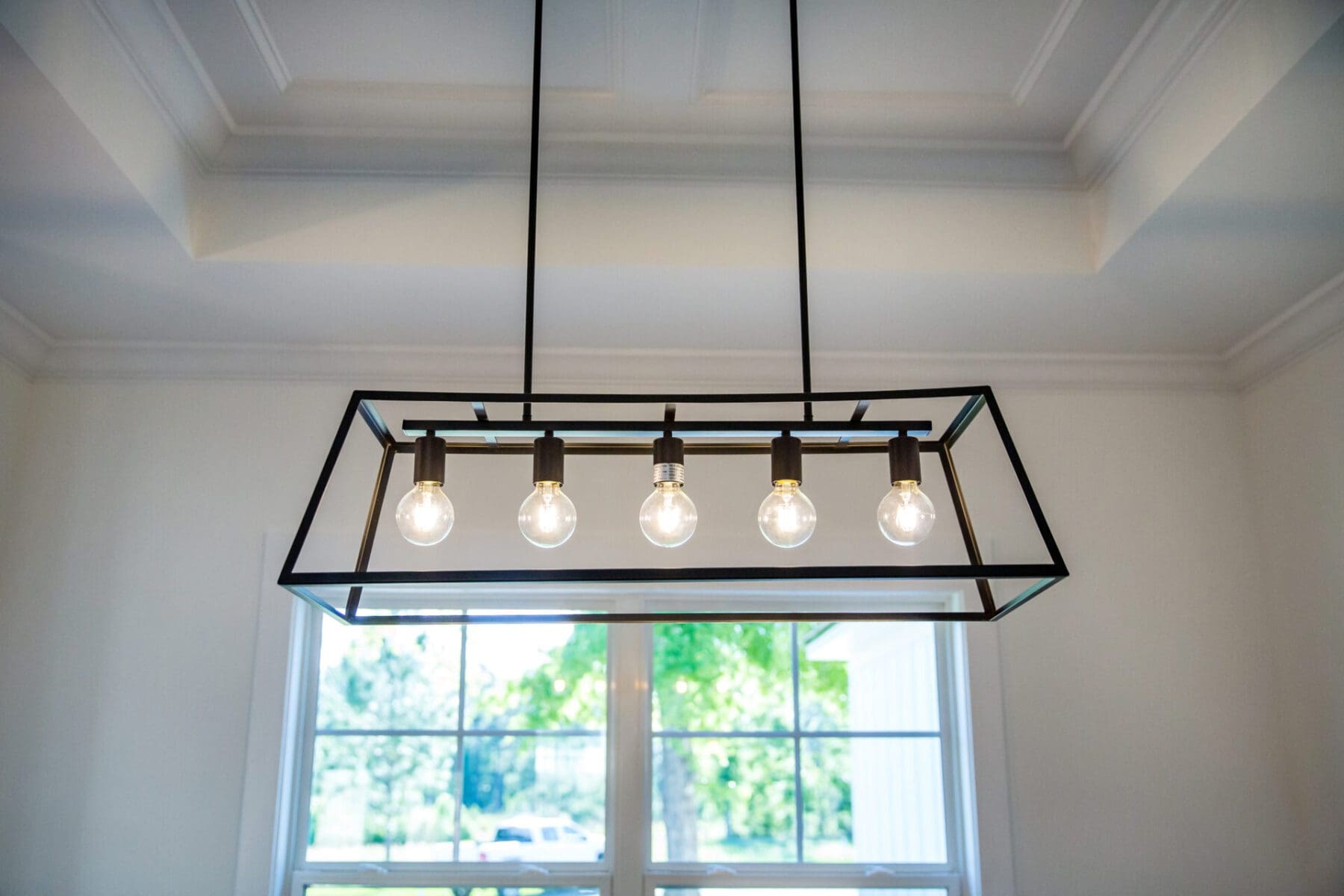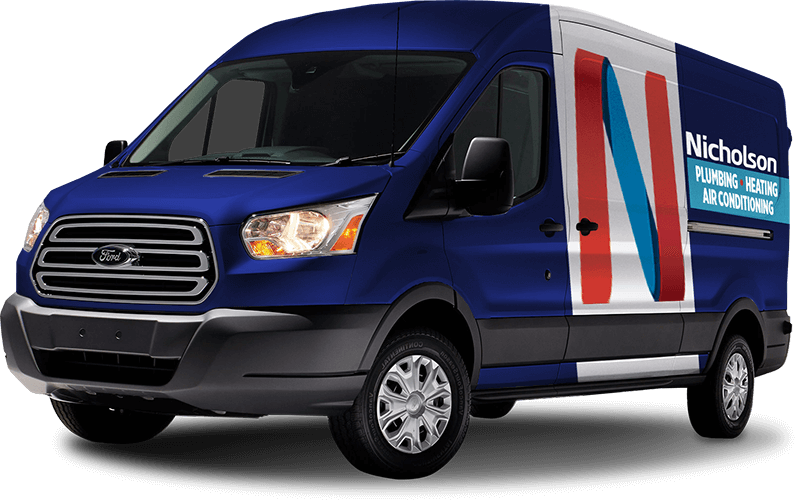
Have you ever stood in the aisle of your favorite store, gazing at all the light bulb options and wondering which one to purchase?
If so, you’re not alone. Light bulbs come in various shapes, sizes, colors, strengths, and other features, so it can be easy to pick the wrong one by accident.
In this post, we will investigate the different features of light bulbs and how to use them to determine which replacement to look for the next time you head out.
Light Bulb Base Size and Shape
The size and shape of the light bulb depend on the fixture they are intended for. Light bulbs are labeled with size and shape measurements that start with a letter and end with a number.
For example, the A19 model with an E26 base is a popular bulb. The A refers to “Arbitrary” to describe the stereotypical bulb shape, while the number refers to the length of the bulb’s base in millimeters.
Other common shapes include the Candle (C), Globe (G), and Bulged Reflector (BR).
Determine the Amount of Light Required
Once you know the correct size and shape, you must decide how much light you want. Look at the room to see how much light will be required, whether a bright light for a bathroom or a softer light for a reading nook.
The intensity of the light in the bulb is determined by either watts or lumens. For older standard bulbs, each fixture will indicate how many watts it can safely tolerate. Wattage for most uses typically ranges between 25 to 100.
Compare this to lumens, showing how much light the bulb will create rather than the wattage. For example, a 60-watt light bulb will have 800 lumens.
Choose the Correct Lighting Color
Now you need to decide upon the bulb’s color. Manufacturers describe the color in terms such as “soft” and “bright,” but the actual degree may vary.
Look at the color temperature, which is measured in degrees Kelvin. Soft lighting requires fewer Kelvins, while brighter lights measure more.
For example, if you want a warmer light, look for a bulb with a Kelvin range of 2700-2800. A much brighter light will provide up to 5000-6500 Kelvins.
Confirm If You Need to Dim Your Light
Before you buy a replacement bulb, check to see if you need one that can be dimmed. Unfortunately, dimming is not a standard feature, so you will need to look for packaging labeled “Dimmable.” Also, check the dimmer to determine whether it will work with traditional or LED bulbs.
Determine If Your Light Bulb Will Be Installed In Fixtures Or Recessed Enclosures
If your light bulb is destined for an enclosed or recess fixture, you must go a step further. As these fixtures do not allow air to flow around and naturally cool the bulb, only certain bulbs will tolerate this extra heat.
Look for light bulbs with the label “Enclosed Fixture Rated.”
Buy the Right Type of Light Bulb
When you are ready to shop for light bulb replacements, check the packaging for the Energy Star certification. These bulbs have met standards for energy efficiency to help you save more on your electricity bill in the long run.
The three types of energy-efficient bulbs are LED, compact fluorescent (CFL), and halogen. In addition, some LED bulbs now come with smart technology, allowing you to control their function through an app.
 What Happens When You Use a Light Bulb With the Wrong Wattage?
What Happens When You Use a Light Bulb With the Wrong Wattage?
Several problems can arise if you use a light bulb with the incorrect wattage.
- Reduced life span. Your light bulb will have a much shorter life span if its wattage doesn’t match the fixture. The energy level will be too high to handle, and it will burn out much faster.
- Overheating. If the wattage is too high for the fixture, it can lead to overheating. This can lead to a fire risk if the socket or wire insulation starts to melt.
- Dim lighting. If the wattage is too low, the area you are trying to light will probably feel too dark.
- Flickering. The annoying flickering may occur if the wattage is too high or too low for the fixture.
- Electrical damage. Light bulbs with the wrong wattage can ultimately lead to electrical damage to the fixtures and the wiring itself. The user risks electrocution or fire damage and the need for electrical services.
- Inefficient energy use. Light bulbs with a higher wattage than the fixture calls for will also use more energy, leading to a higher electricity bill.
Lighting Installation and Repair Services
Homeowners have several considerations for how to choose light bulbs for their homes.
Contact the experts if you need further assistance or have any other lighting needs. Nicholson Lighting is your go-to source for Local Electricians in Needham, Sherborn, Lincoln, or Acton, Massachusetts with the knowledge and skill set to help.
Nicholson provides a range of services from their skilled and certified electricians, whether you require lighting installation, replacement, or repair. In addition, they work directly with homeowners, designers, and contractors to support indoor and outdoor lighting needs.
Reach out to Nicholson Lighting with your questions and concerns today.

